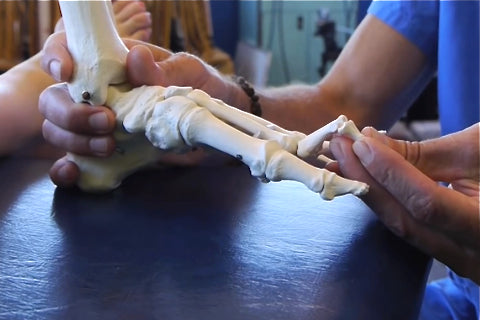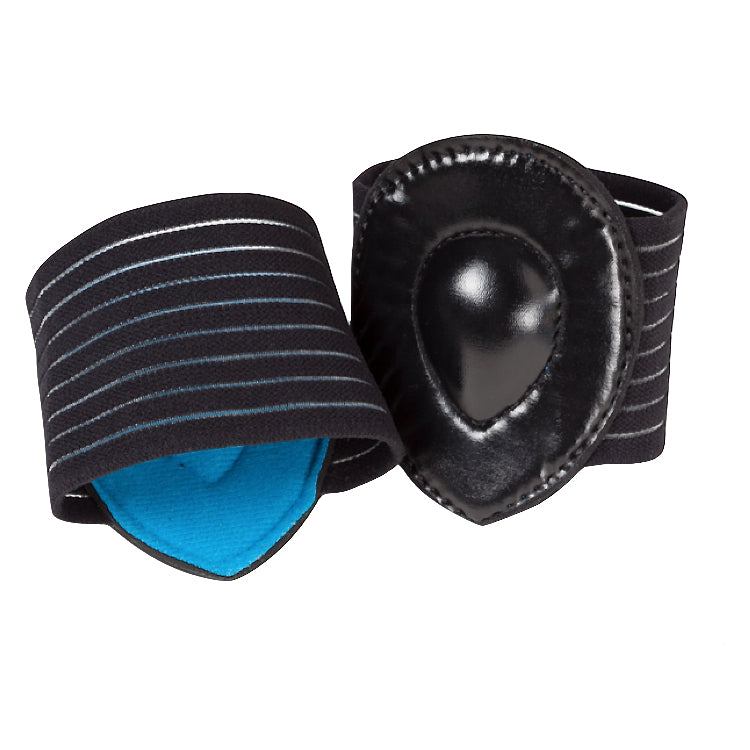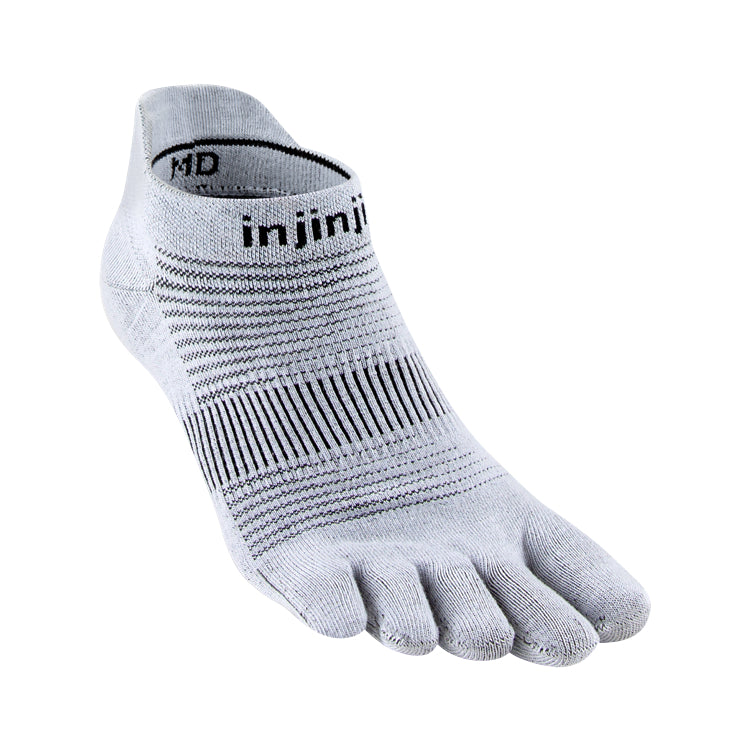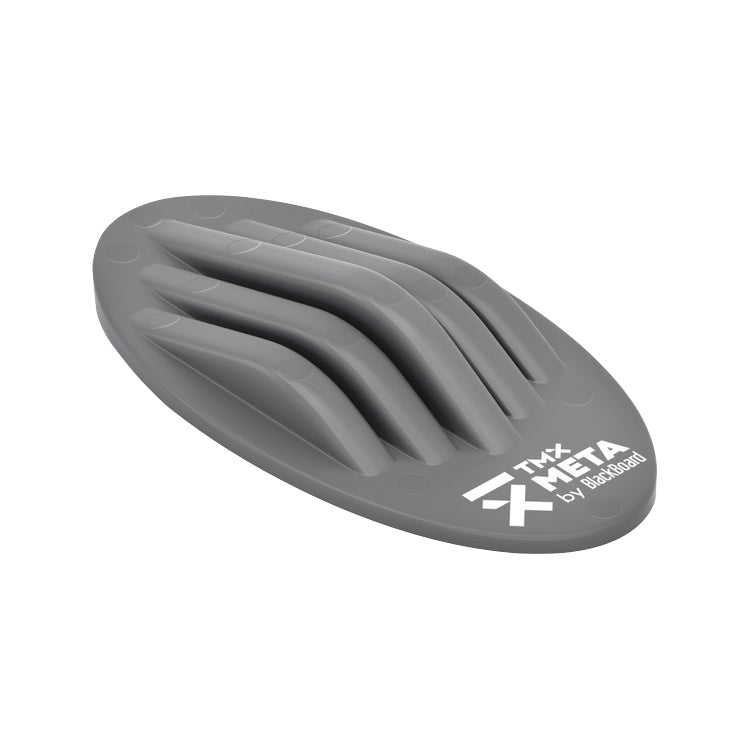
Definition
Hammertoes: A type of toe deformity in which the affected toe resembles an upside-down letter “v.”
General Info
A hammertoe is a type of crooked toe that involves unnatural contracture, or bending, of the affected toe. In most cases, a hammertoe is characterized by a toe malposition in which the end of the affected toe points down while the first bone of the same toe—the proximal phalanx—points up. A hammertoe resembles an upside-down letter “v” when viewed from the side. This crooked toe syndrome usually leads to toe rubbing within the shoe and pain, and it most commonly affects the second to fifth toes. This health problem is more commonly experienced by women than men.
A person with painful hammertoes usually visits his or her foot health professional because the affected toe is either rubbing on the end of the shoe (signaling a contracted flexor tendon), rubbing on the top of the shoe (signaling a contracted extensor tendon), or rubbing on another toe and causing a buildup of thick skin, known as a corn.
Hammertoes can be flexible or rigid. Hammertoes often start out flexible and become rigid over time as the affected toe becomes accustomed to its crooked position. Flexible hammertoes are less serious than rigid hammertoes, and they can be easily diagnosed and treated in their initial stages. Flexible hammertoes are named as such because the affected toe still possesses some degree of movement and can be manually straightened using the hands.
Rigid hammertoes are hammered toes that cannot be straightened using the hands. Rigid hammertoes are particularly common in people who have advanced arthritis or in people who avoid appropriate foot care for a prolonged period. Tendons in the rigid hammertoe become tight, and the toe joints in the affected toe may become misaligned and immobile. Rigid hammertoes may require surgery if more conservative strategies fail to resolve the problem.
Signs & Symptoms
The upside-down “v” appearance of the affected toe, along with pain on the bottom of the foot, especially under the ball of the foot, are two of the most common signs or symptoms associated with hammertoes. Other common signs and symptoms of hammertoes include:
-
Corns on the top of the bent toe
- Redness and swelling in the affected area
- Decreased range of motion in the affected toe joints
- Pain at the top of the bent toe from footwear pressure
Possible Causes
Inappropriate footwear is the most significant factor in the development of hammertoes. Shoes that are too narrow in the toe box force the toes into a curled and deformed position. Over time, the toe tendons adjust to this unhealthy configuration, causing the affected toe or toes to hold a hammered shape. Athletes may be especially susceptible because of the increased forces on the toes from shoes that are too small or too tight. Heel elevation in footwear is also problematic, as it causes the toes to be pushed into the shoe’s toe box. Heel elevation also contributes to a muscle/tendon imbalance in the foot and toes.
Helpful Strategies
Flexible hammertoes usually respond quite well over time to natural, conservative approaches. A foot care physician may recommend conservative treatment techniques for hammertoes based on foot structure and the specific appearance of the hammertoe(s), and this will likely involve the removal of any thick, painful skin, padding the painful area, and recommending footwear that gives the hammered toe(s) adequate room to straighten and splay. Conservative care strategies for this health problem should be based around the use of Correct Toes, a toe straightening and toe spacing device that helps rehabilitate the toes back to their normal anatomical position. Metatarsal pads are another important and effective tool in addressing this foot health condition, as they help restore a balance between toe flexor and extensor tendons.
Hammertoes that have become rigid are less likely to respond to natural approaches and may require surgery to fully resolve. Of course, adopting natural foot care techniques following surgery is an important consideration in preventing a post-surgical recurrence of this condition.

WANT TO IMPROVE YOUR FOOT HEALTH?
Let the team at Natural Footgear help you! Subscribe to our newsletter for the latest offers and helpful info, and sign up for our FREE email courses on various topics and foot health conditions.
Sign Up →
Want to Improve Your Foot Health?
We are here to help you every step of the way. Get our newsletter for the latest offers and helpful info, and sign up for our FREE email courses on various topics and conditions, including bunions, hammertoes, neuromas, plantar fasciosis, shin splints, ingrown toenails, and more.
Sign Up →
 In this video, Dr. Ray McClanahan, a sports podiatrist at Northwest Foot and Ankle and the inventor of Correct Toes, discusses the foot and toe condition called hammertoes and compares conventional podiatric treatment techniques with natural, preventive, and conservatives techniques. A hammertoe is an upward shifting of the first toe bone, and this shifting, notes Dr. Ray, is caused by two common design features in conventional shoes: Heel elevation and...
Read more
In this video, Dr. Ray McClanahan, a sports podiatrist at Northwest Foot and Ankle and the inventor of Correct Toes, discusses the foot and toe condition called hammertoes and compares conventional podiatric treatment techniques with natural, preventive, and conservatives techniques. A hammertoe is an upward shifting of the first toe bone, and this shifting, notes Dr. Ray, is caused by two common design features in conventional shoes: Heel elevation and...
Read more












Is there an office in Asheville, NC, or nearby in which I could make an appointment for an in-person consultation?
Hi, Shirley,
Thank you for your question. Drs. Robyn and Marty Hughes are not currently taking patients, but if you live in or around Western North Carolina, you might consider contacting Dr. Glenn Ingram at Through the Woods Natural Health, located in Brevard, NC:
www.throughwoods.com/
Dr. Glenn practices natural foot health in the style supported by Natural Footgear.
Alternatively, you might consider scheduling a phone or Skype consultation with the healthcare team at Northwest Foot & Ankle, in Portland, OR. This is a great option for discussing your particular foot care concerns:
www.genbook.com/bookings/slot/reservation/30175925?bookingSourceId=1000
Kind regards,
Laura Trentman